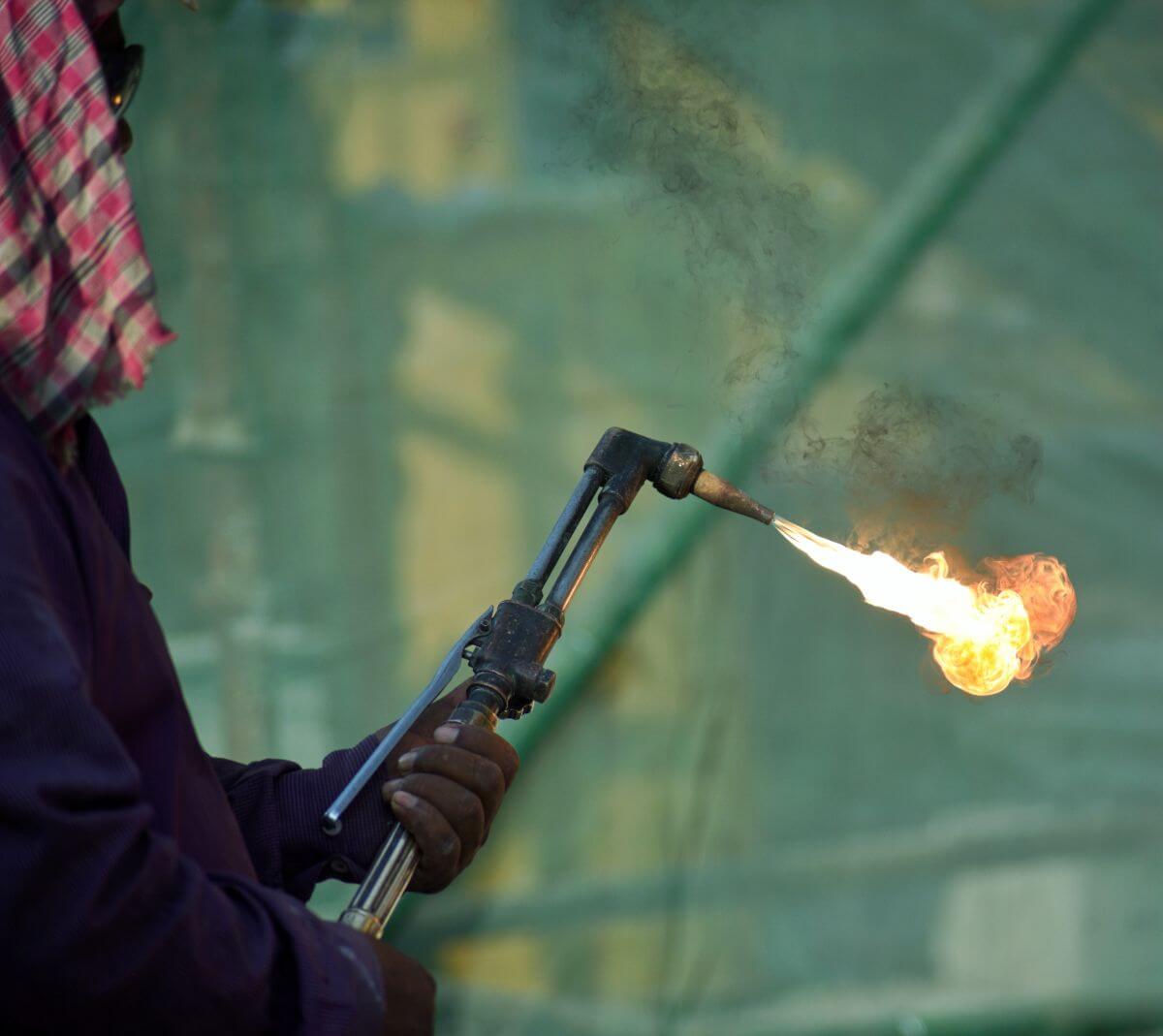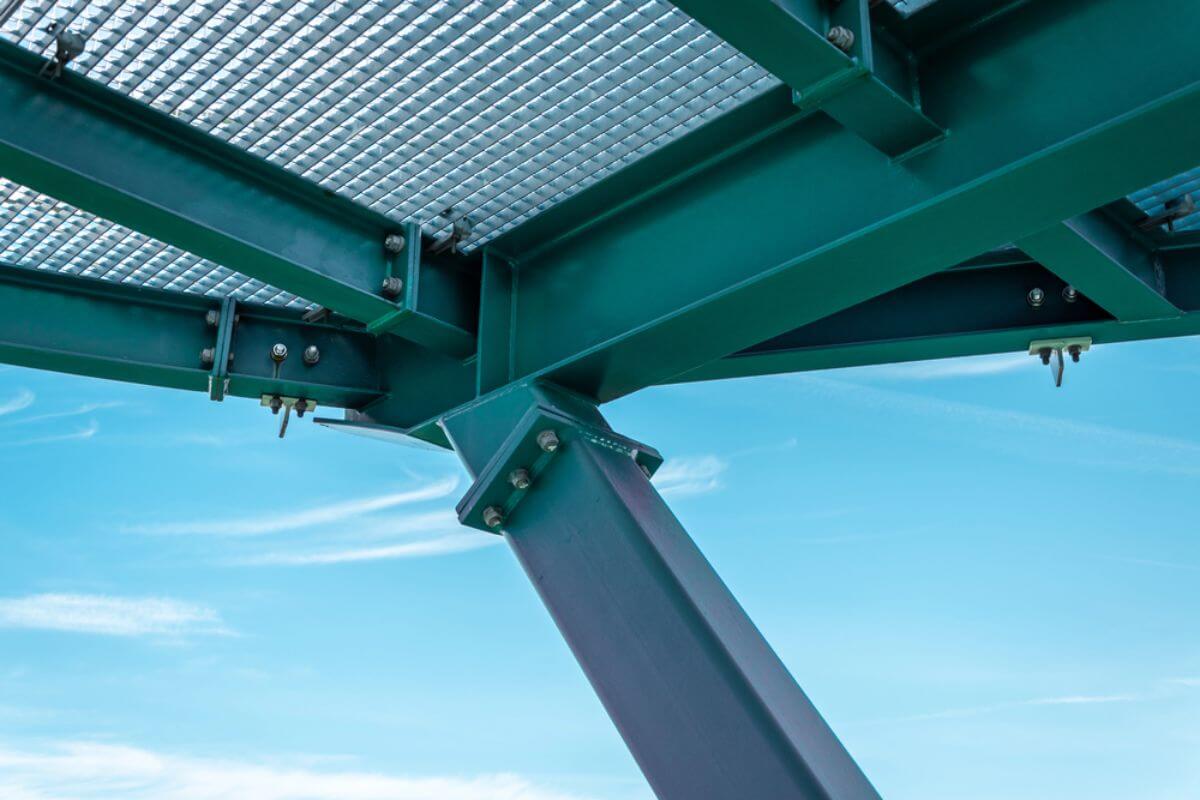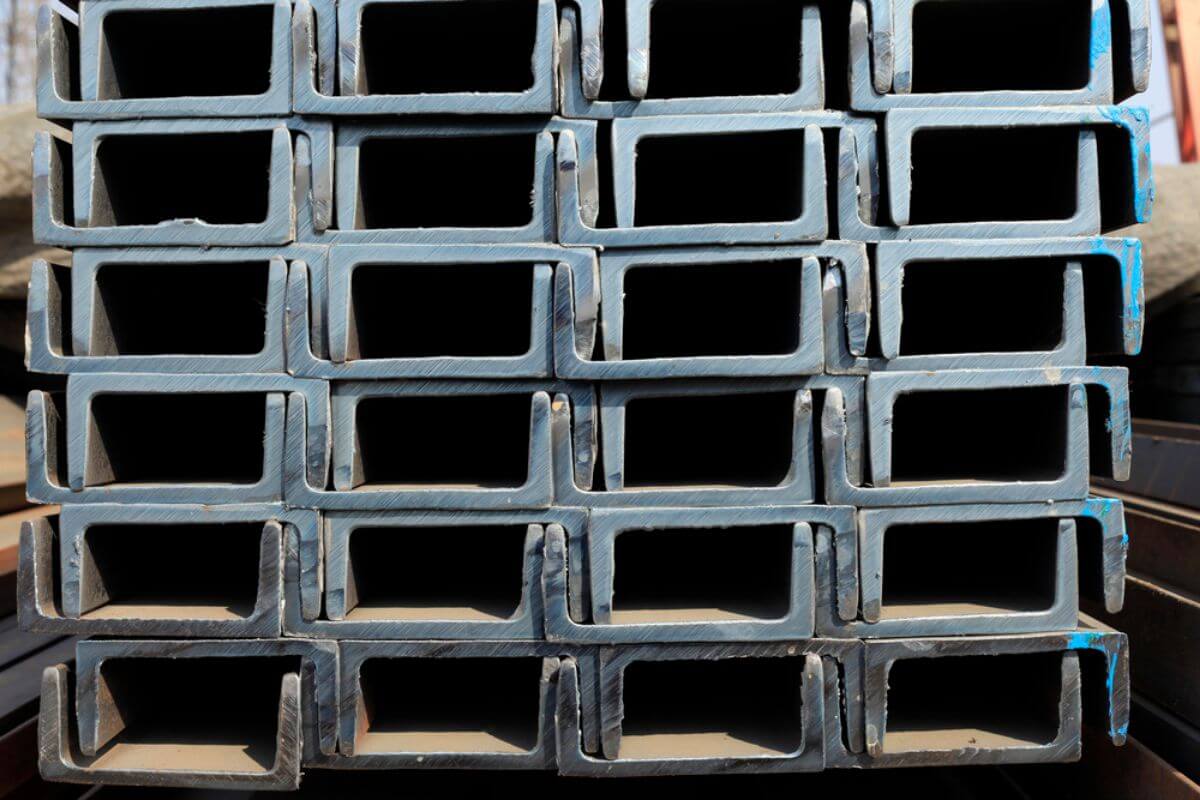What are the steel fabrication techniques for construction projects?
- Cutting Techniques
- Bending Techniques
- Welding Techniques
- Forming Techniques
- Finishing Techniques
Steel fabrication is a crucial aspect of construction projects, as it is the creation of various steel components that are integral to the stability and functionality of a structure. In order to achieve desired results, different steel fabrication techniques are employed, and so the output is dependent on the right technique used. In this blog post, we will explore five steel fabrication techniques for construction projects.
Cutting Techniques

Steel cutting is one of the cornerstones of steel fabrication. It requires cutting large sheets or bars of steel into smaller pieces that meet specified dimensions and shapes. Various cutting techniques may be utilized depending on the required thickness and type, as well as desired resultant cuts.
There are various methods for cutting steel, such as:
- Oxy-Fuel Cutting: This technique involves using a torch to heat steel until it reaches its ignition point, at which point a jet of oxygen is used to burn through the material. Oxy-fuel cutting is a cost-effective option for cutting thick steel plates.
- Plasma Cutting: This type of cutting uses an intense pulse of ionized gas to cut quickly and precisely through thin sheets of steel, melting the surface material while simultaneously removing material from the cut. It is ideal for quickly cutting thin sheets quickly and with precision.
- Laser Cutting: This cutting utilizes a highly focused laser beam to slice through steel sheets. This method is highly precise, making it the perfect option for complex shapes and designs.
Bending Techniques

Once steel has been cut to its desired dimensions and shape, bending may be necessary in order to mold components into desired forms. Different techniques for bending are utilized depending upon the thickness and type of steel being bent as well as desired bend shape.
There are various methods available for bending steel, such as:
- Press Braking: This is an accurate and precise technique of shaping steel between two dies by applying force to bend it into desired shapes. It is particularly suitable for producing large quantities of identical parts.
- Roll Bending: This involves passing steel between rollers that gradually bend it to create the desired shape, such as curves or cylindrical forms. This method can produce stunning results!
Welding Techniques
Welding is a crucial technique in steel fabrication, as it is used to join steel components together. Various welding techniques can be done, depending on the type of steel being used as well as the desired strength and appearance of the weld.
There are various techniques for welding steel, including:
- MIG Welding: Metal inert gas welding (MIG welding) utilizes a wire electrode which melts and joins steel pieces together using an inert gas such as nitrogen or oxygen. This method is highly versatile and suitable for welding a range of thicknesses of steel.
- TIG Welding: TIG (tungsten inert gas) welding uses a tungsten electrode to generate an arc which melts and welds steel together, producing highly accurate welds suited for welding thin sheets of metal. This technique offers superior control when welding thin steel sheets.
- Stick Welding: This welding technique involves using a consumable electrode that melts and fuses steel. This technique is highly adaptable, as it can be used to weld a range of steel thicknesses.
Forming Techniques
After welding, steels need to be formed. Forming is a technique used to produce three-dimensional shapes from flat sheets or plates of steel. Different forming methods may be employed depending upon the type of steel being used as well as desired component shape and size.
There are various methods available to form steel, such as:
- Stamping: This involves pressing steel between two dies to produce specific shapes or designs, making this technique ideal for producing large numbers of identical components at once.
- Forging: This utilizes heat and pressure to form steel into its desired form. This technique is highly adaptable, as it can produce various shapes and designs.
- Extrusion: This involves forcing steel through a die to create specific shapes or designs with high degrees of accuracy, making this technique perfect for producing complex shapes with pinpoint precision.
Finishing Techniques
Once steel components have been manufactured and assembled, they require finishing to protect them from corrosion or other forms of damage. Finishing is often seen as the last step in the fabrication process and serves to improve steel’s appearance and durability – it varies depending on what style or functionality is required of the steel.
There are various techniques for finishing steel, such as:
- Painting: Applying a protective coat of paint directly to the steel surface is an effective way to prevent corrosion while adding color and texture to the finished product.
- Galvanizing: This involves coating steel with a layer of zinc to protect it from corrosion. This method has proven highly successful and offers long-term protection for steel surfaces.
- Powder Coating: This involves applying dry powder directly to steel surfaces and heating it until the powder melts, creating an impermeable protective layer. This method offers long-term durability while offering an array of colors and finishes.
- Sandblasting: This uses high-pressure air or water jets to blast abrasive particles against the steel surface, clearing away impurities and creating a smooth, clean surface that is ideal for painting or other finishing techniques. This method can often be used as a preliminary step prior to painting or other finishing techniques.
Key Takeaway
Steel fabrication techniques are the backbone of the construction industry, as they play a vital role in creating safe, reliable, and functional structures. By employing these steel fabrication techniques for construction, fabricators can transform raw steel into precise and durable components that can withstand the test of time.
If you are in need of high-quality steel products in the Philippines, look no further than Regan Industrial Sales Inc. With almost 50 years of experience and a commitment to excellence, we are the leading provider of steel products in the country. Whether you need pipes, tubing, bars, rods, plates, sections, or any other type of steel product, we have a vast selection to choose from, all produced with the latest technology and meticulous attention to detail. Contact us today to learn more about our quality products and services.







